Quantum Physics
Introduction
Quantum physics, also known as quantum mechanics, is a fundamental theory in physics that provides a description of the physical properties of nature at the scale of atoms and subatomic particles. It is the foundation of all quantum physics including quantum chemistry, quantum field theory, quantum technology, and quantum information science.


Historical Overview
The development of quantum mechanics was initially motivated by two obstructions to understanding the behavior of matter and radiation at the atomic level. The first was the blackbody radiation problem, which was resolved in 1900 by Max Planck's proposal that energy is quantized. The second problem was the stability of atoms, which was solved in 1913 by Niels Bohr with the introduction of quantum theory in his model of the atom.
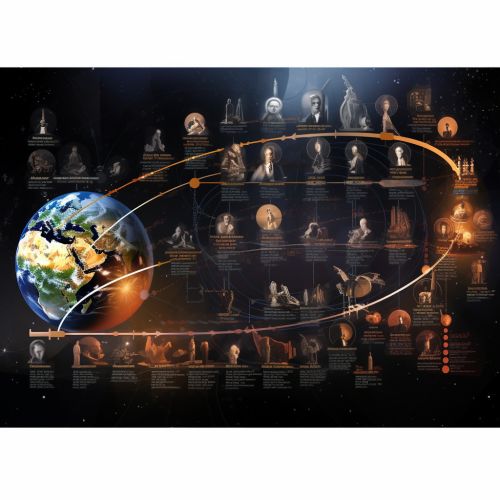
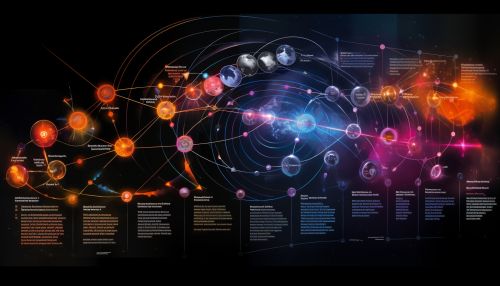
Principles of Quantum Physics
Quantum physics is based on several key principles that differentiate it from classical physics. These include the principles of superposition, wave-particle duality, uncertainty, and entanglement.
Superposition
The principle of superposition states that any two (or more) quantum states can be added together, or "superposed", and the result will be another valid quantum state. This principle is at the heart of quantum computing, where quantum bits (qubits) can be in superpositions of states.
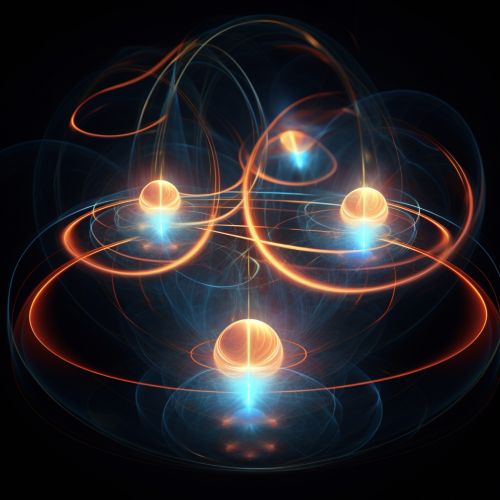

Wave-Particle Duality
Wave-particle duality is the concept that all particles exhibit both wave and particle properties. A central concept of quantum mechanics, this duality addresses the inability of classical concepts like "particle" and "wave" to fully describe the behavior of quantum-scale objects.
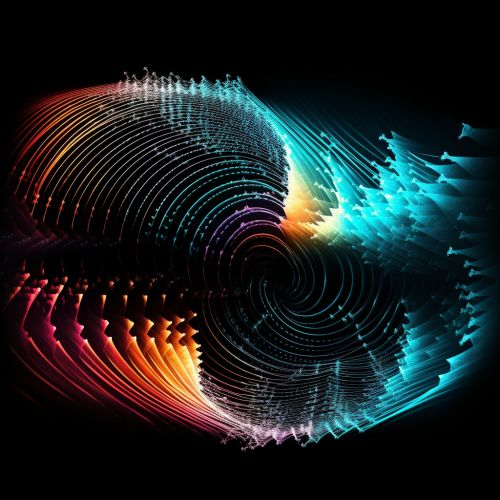
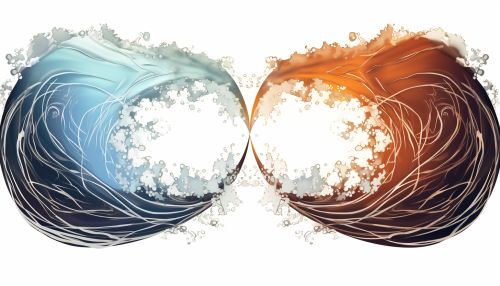
Uncertainty Principle
The uncertainty principle, introduced by Werner Heisenberg, states that the position and the velocity of an object cannot both be measured exactly, at the same time, even in theory. This is not a statement about the limitations of a researcher's ability to measure particular quantities of a system, but rather about the nature of the system itself.
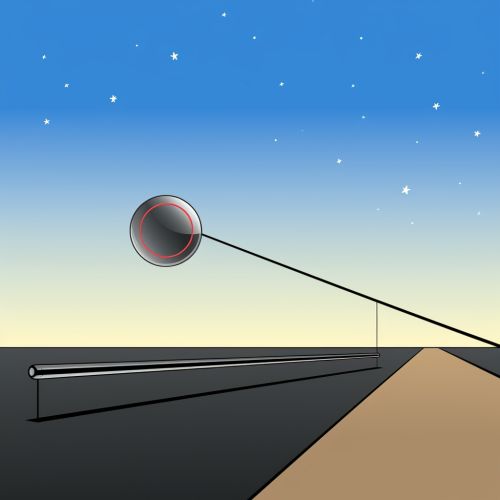
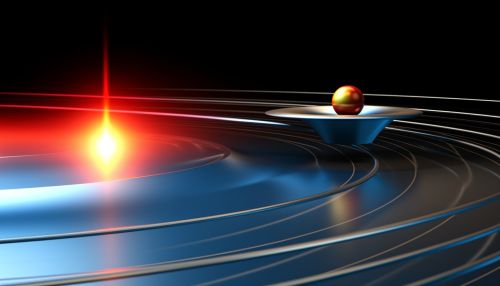
Quantum Entanglement
Quantum entanglement is a physical phenomenon that occurs when pairs or groups of particles are generated or interact in ways such that the quantum state of each particle cannot be described independently of the state of the others, even when the particles are separated by a large distance.


Quantum Field Theory
Quantum field theory (QFT) is the theoretical framework for constructing quantum mechanical models of subatomic particles in particle physics and quasiparticles in condensed matter physics. QFT treats particles as excited states of an underlying physical field, so these are called field quanta.
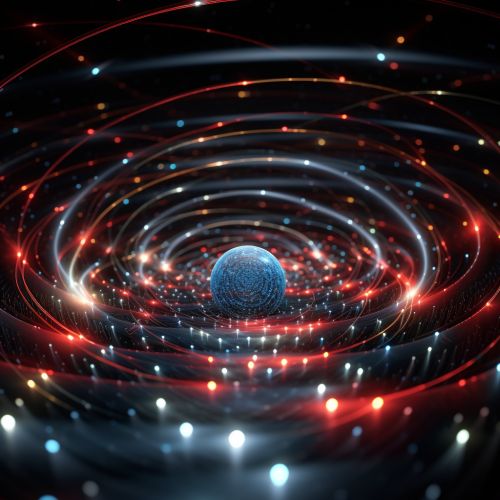

Quantum Technology
Quantum technology is a new field of physics and engineering, which transitions some of the properties of quantum mechanics, especially quantum entanglement, quantum superposition and quantum tunnelling, into practical applications such as quantum computing, quantum sensors, quantum cryptography, quantum simulation, quantum metrology and quantum imaging.


Quantum Information Science
Quantum information science is an area of study based on the idea that information science depends on quantum effects in physics. It includes theoretical issues in computational models as well as more experimental topics in quantum physics including what can and cannot be done with quantum information.


